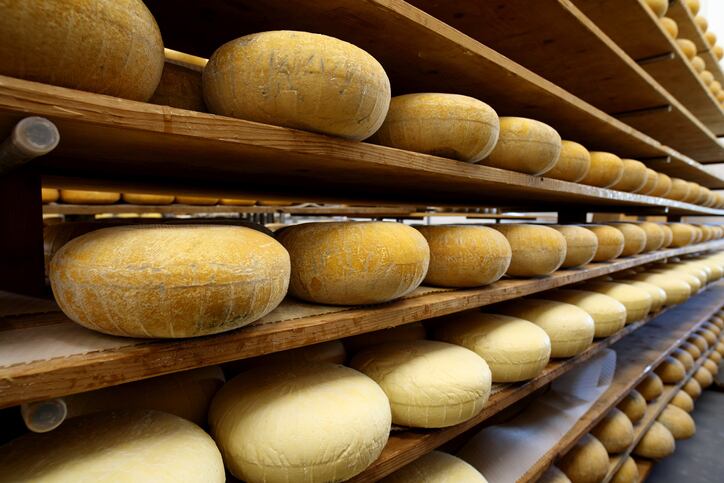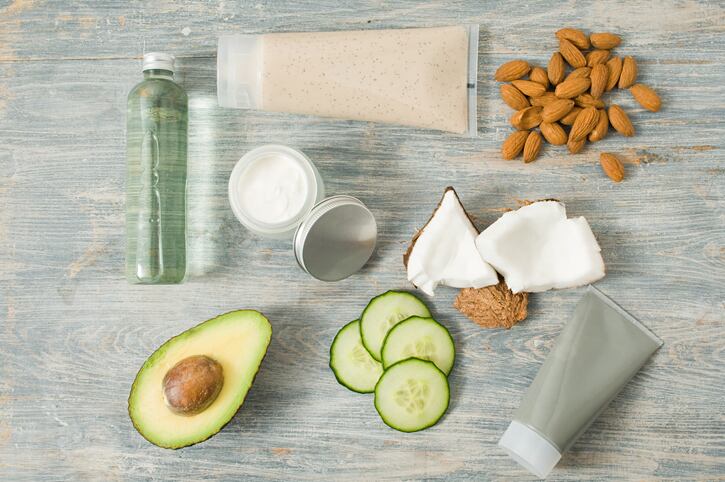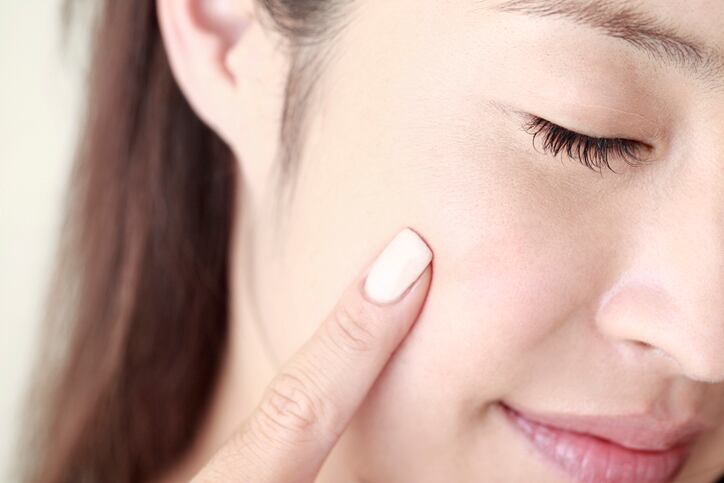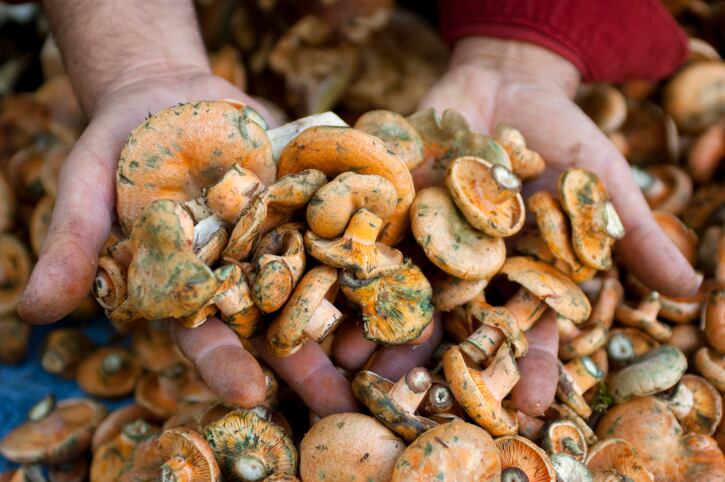In 2019, the EU-funded INGREEN project launched to research and produce functional innovative ingredients from whey, wheat and paper byproducts for the food, feed, pharma and cosmetics industries. Finalised just last month, the project had successfully developed a range of ingredients, some of which were close to market with others still needing further investigation and development.
One area that had shown strong promise for cosmetic applications was dairy whey.
Cheese whey a ‘polluting’ byproduct
Narinder Bains, director at independent R&D consultancy Ineuvo Ltd, one of the project coordinators of INGREEN, said dairy whey was an interesting category to look at, given how much waste was produced each year in Europe.
Addressing attendees at SCS Formulate 2022 in Coventry, UK, last month, Bains said the European dairy industry produced around 75 million tonnes of whey each year, with cheese whey constituting one of the “most polluting byproducts” because it produced a high organic load in terms of waste water with low value as an animal feed.
Approximately nine litres of whey were generated for every kilo of cheese produced, he said, and for an average to small-scale cheese producer this meant €3,500-7,000 in costs each year. “So, fermented processing to convert that whey into higher value-added products is an essential solution to reduce pollution but also add value.”
Analysing skin cell impact
Bains said the INGREEN project decided to look at dermal ageing as a starting point, considering how active ingredients from different cheese whey types interacted with the skin, specifically keratinocytes and fibroblasts, under experimental conditions.
“The things that we really wanted to look at was what happens when cheese waste was applied to these sorts of cells, and do we see a proliferation in addition or degradation of cell growth?”
The team also looked at the impact on collagen and elastin; whether there was an inhibitory effect of oestrogen degradation; if the epidermal barrier or skin pigmentation was impacted; and evaluated the antioxidant activity of the cheese whey, he said.
In vitro findings showed that elastin activity was observed upon interaction with all three cheese whey types. Elastase activity was also inhibited by the cheese whey and one of the three tested sampled showed tyrosinase activity. Two of the cheese whey types presented antioxidant capacity.
Considering collagen generation, one cheese whey was especially promising, but all showed some cell proliferation activity. All three samples also created an enhanced barrier function after just 24 hours of application. “All good results we’ve seen so far,” Bains said.
Importantly, none of the samples were cytotoxic in any way, he said. “We’re quite pleased that we demonstrated the potential of utilising cheese whey as a potential cosmetic ingredient.”
Market potential and further research
Speaking to CosmeticsDesign-Europe after his presentation, Bains said because certain whey types were already processed “on a large scale” and purifying processes to produce ingredients from this stream already existed, the market wasn’t too far away from developing suitable active cosmetic ingredients.
The INGREEN project had already developed various ingredient prototypes from whey, wheat and paper waste streams that had been scaled up and optimised for industrial production, he said, and companies involved were now preparing patents and trademarks to protect certain know-how.
Ineuve Ltd and other independent partners within the consortium, however, would continue collaborative research post-project, Bains said, conducting follow-up projects that looked at some of the challenges identified during INGREEN. Adopting a harmonised approach to protocols and regulations for processing and production of these ingredients, he said, was one area that would need to be carefully looked at moving forward.
For cosmetic applications, it would also be worth looking into other valuable components in dairy whey, he said, such as amino acids, peptides and minerals.




